If you’re really interested in moving away from driving a car for as many journeys as possible, a cargo bike is the probably the best tool for achieving this.

Add in a motor and battery, and the electric cargo bike opens up a whole world of possibilities without all the effort of the past, even for those who need to haul around more than just a backpack of groceries.
There are a world of permutations when it comes to cargo bikes – and trikes – but you can broadly divide them into two types: a bucket/box type, and a longtail.
Bucket/box
The bucket/box types typically have a large cargo area up front, with some sort of sides. These can feel quite secure if you want to carry children or pets – they can be strapped in, and are all contained within the structure. They can also be useful for carrying loads without the need for panniers.
You’ll also see ‘flatbed’ versions, where there are no sides – handy for carrying furniture and bulky items.

Longtail
Longtails look more like a traditional bike with a pannier rack on the back, but the rack is usually designed to withstand a child or two, or, in some instances, an adult. You can attach large panniers for shopping, and a variety of child seat and cushion attachments. With some ingenuity you’ll still be able to carry large loads, but you don’t get the same ‘chuck it in the box’ ease of the bucket/box style cargo bikes.
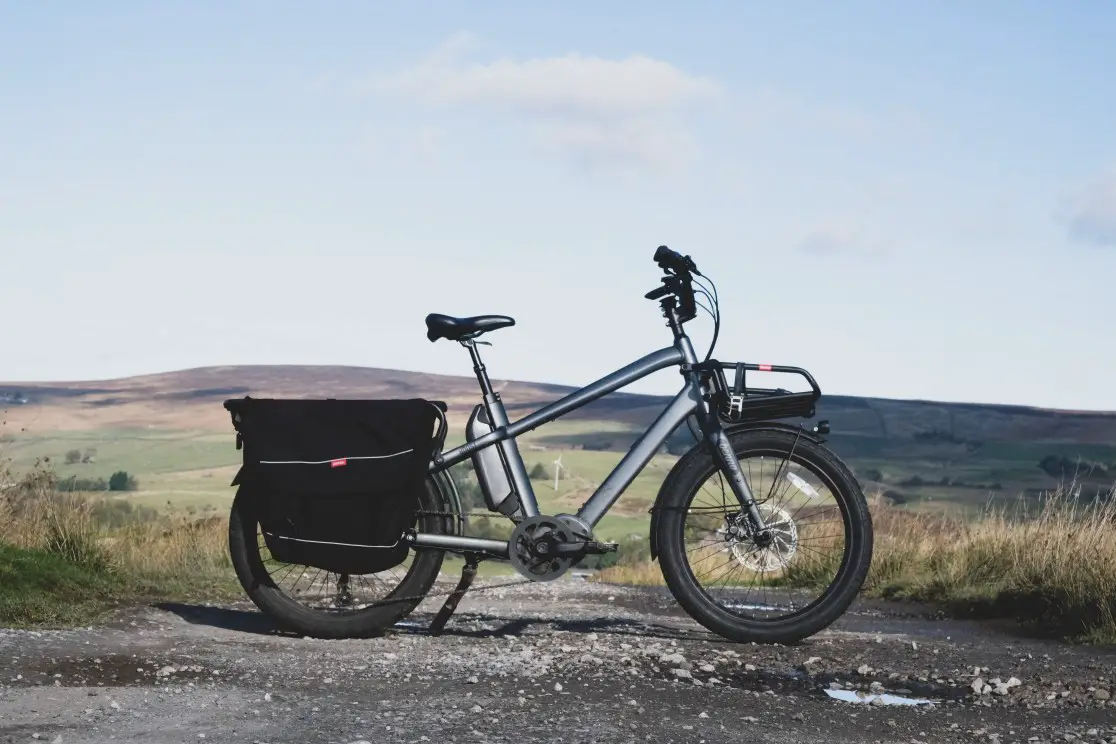
Longtails can come in quite compact forms – some are about the same length as a modern XL mountain bike. They’re also the same width as a standard bike. This can make storing them or fitting them in public bike racks a lot easier.
The bucket/box types are much bulkier, and if you’ve got a particularly inaccessible local cycle network with A-frames and similar barriers you may find your path blocked to progress.
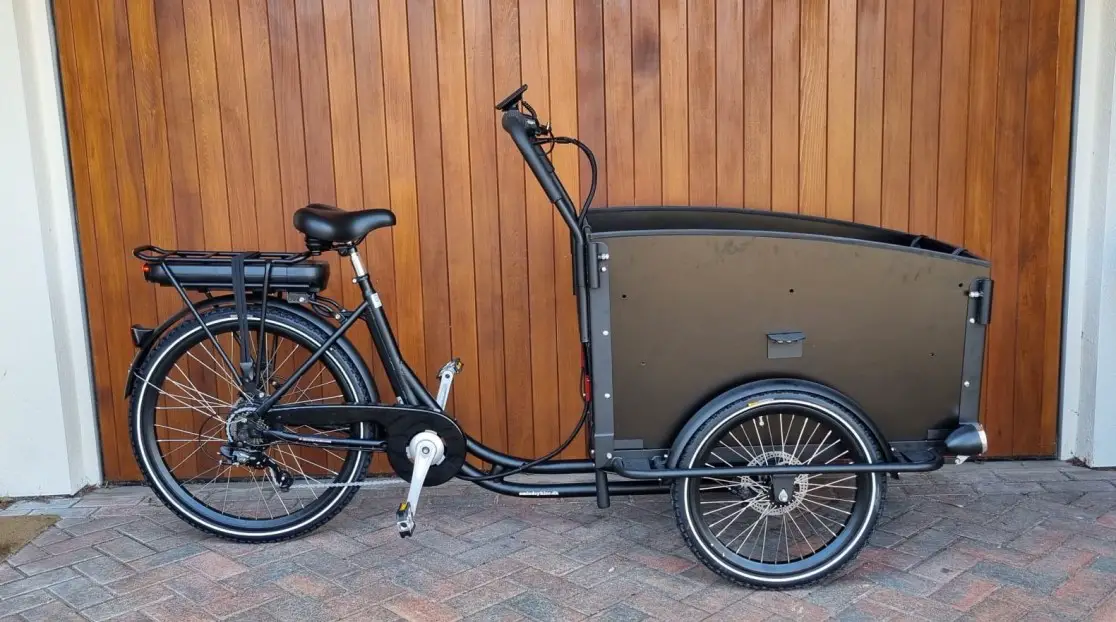
In a similar vein, trikes may be tricky to navigate around the typical back ways of UK cycle infrastructure, but may give some riders more confidence that they won’t tip over, especially at traffic lights or when loading. Note that the handling – especially cornering – is rather different to a bike, however. Expect to take things a little more gently and slowly with a trike.
Riding a longtail is an easy swap from a normal bike, while a box/bucket bike may take a little getting used to, but most confident cyclists will soon get the hang of it.
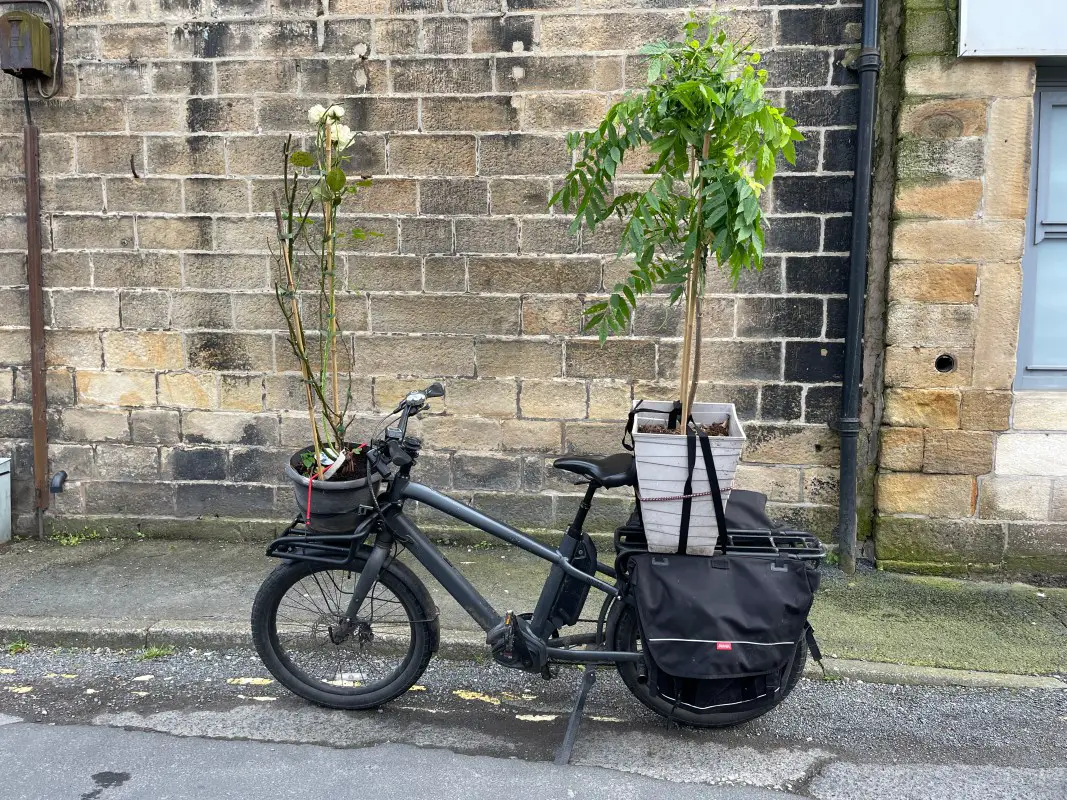
You should give careful thought to where you want to ride and what you want to carry. Smaller wheels and narrower tyres will typically be trickier to handle on rougher surfaces, while the bulk of a box bike may not be practical unless you have access to large outdoor storage and plenty of unobstructed routes.
Remember also that children grow – the trade-off between easy seating and manoeuvrability may rapidly change the relative benefits of a box or longtail bike.
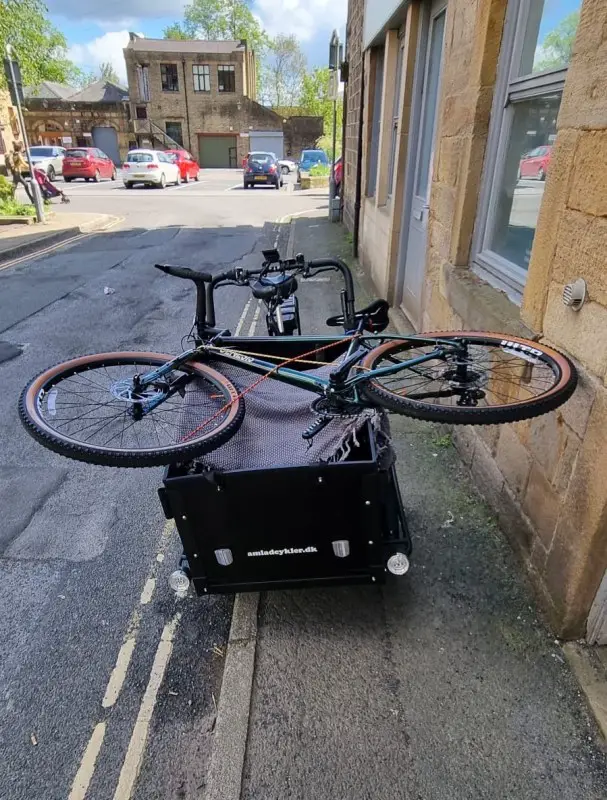
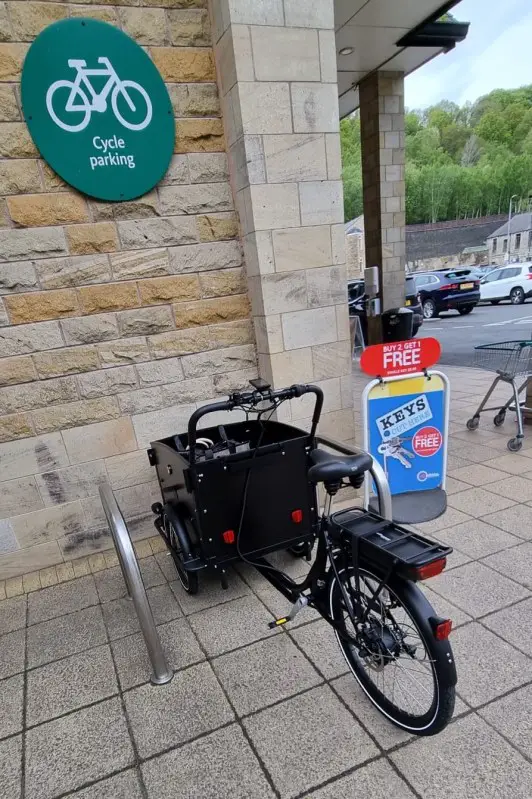
Hub drive vs mid-drive
Unless you live somewhere very flat, you will probably appreciate the torque of a decently powerful motor set up. Hub drive cargo bikes do work, but fully loaded on a steep incline they lack the torque of a mid-drive motor.
If you really want the near-effortless experience of cruising up a steep hill while hauling the weekly shop, a couple of kids, and while wearing full waterproofs, investing in a bike with a 85Nm of torque is what you want.
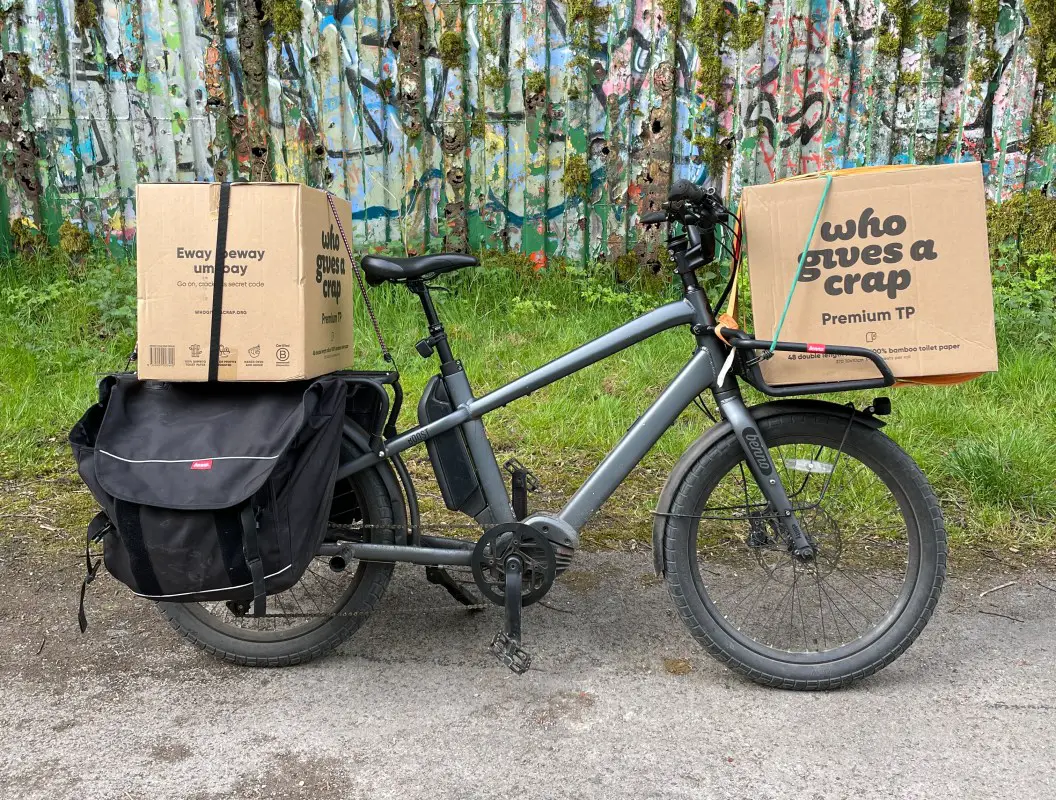
Weight limit
When choosing a cargo bike, check out the weight limits. Some will carry the weight of an adult as a passenger/cargo, some won’t. Bear in mind there’s often separate weight limits for front and rear racks, plus an overall weight limit for the bike (which includes the rider, plus all the cargo).
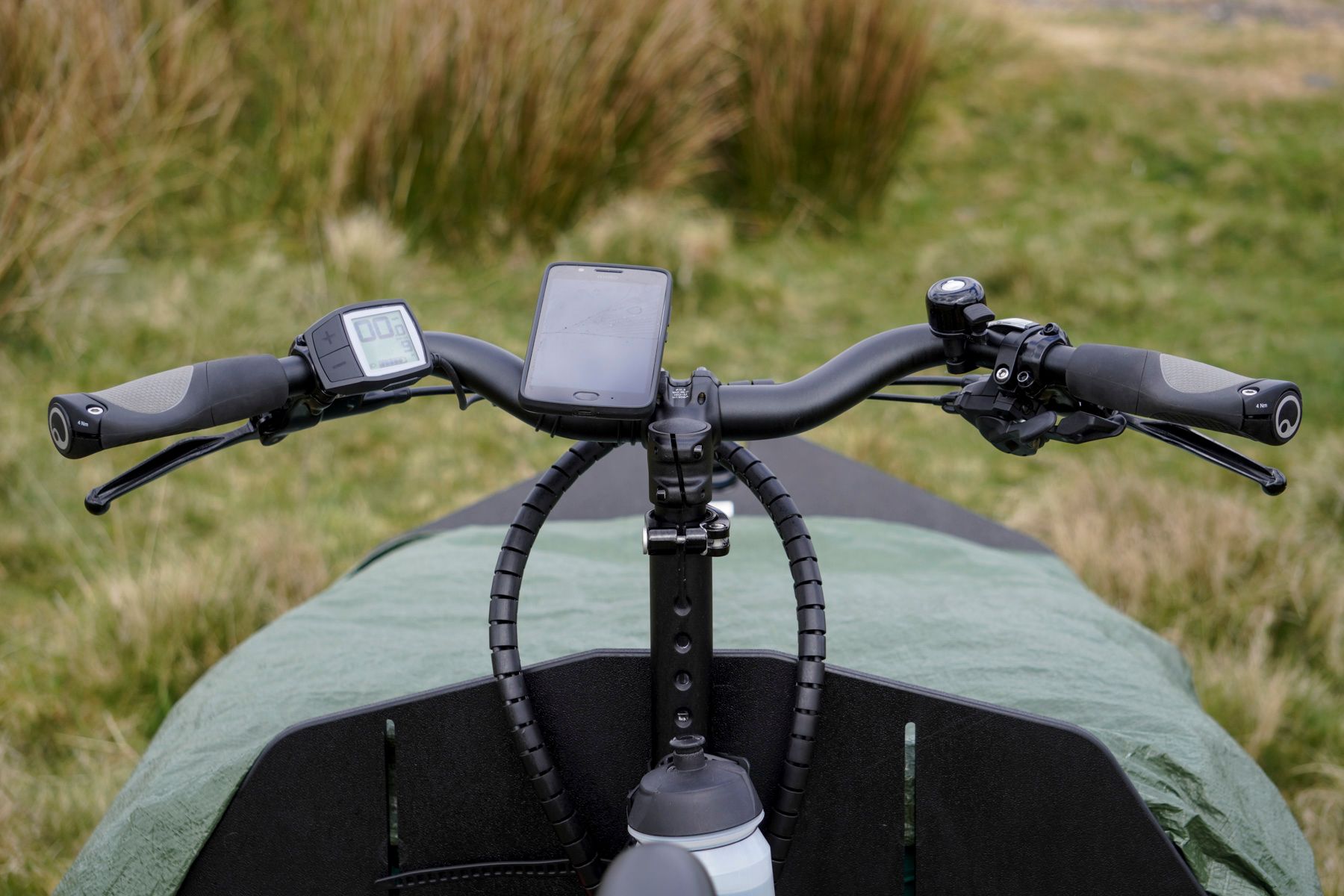
Most cargo bikes come in a single size, but often with some sort of handlebar adjustment to suit different heights of riders. A dropper post can be an excellent addition. If you’re going to be sharing the bike between a couple of adults, a dropper allows you tool-free adjustment of saddle height – and can also be handy for getting on and off when the bike is heavily loaded.
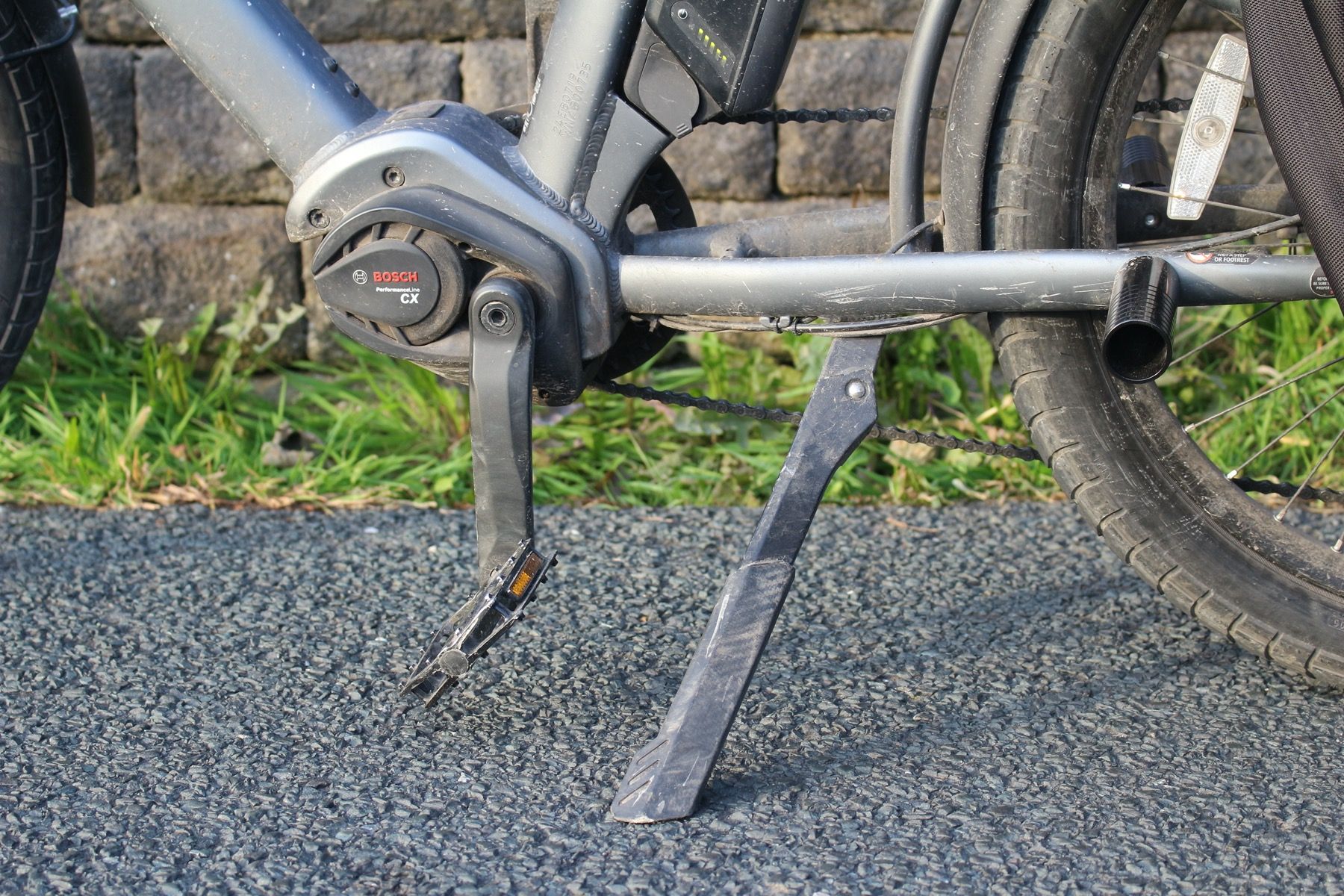
Most will come with a kickstand of some sort. The one-legged variety may be fine if your passengers can climb on themselves, but a two-legged version will provide much greater stability for loading up with small children or heavy loads.
Cargo bikes typically come with lights built in, though you may find the front light is quite low down – rather than bar mounted – on some models. If you’re riding in traffic rather than on protected cycle ways, you might well want to add your own lights and accessories for extra visibility.
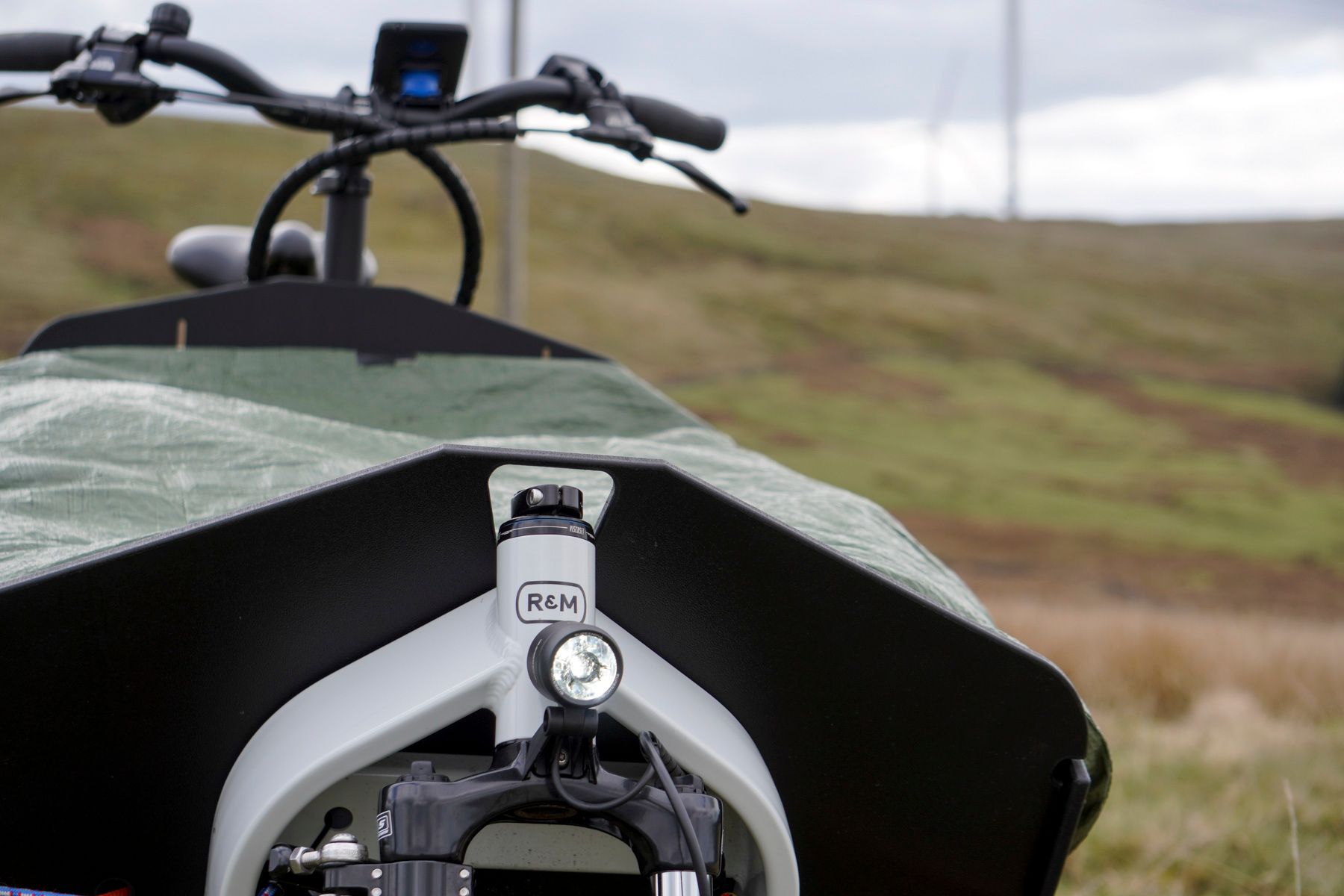
Accessories
Each model will probably come with a fairly dazzling array of accessory options. Tents or cabooses for rainy days, panniers of various shapes and sizes, and extra mounts and racks for even more carrying capacity. Note that many longtail racks and panniers are designed as the perfect pairing, and mixing and matching different brands won’t necessarily see fixing points matching up well – there’s as yet no ‘standard’ sizing or mounting.
You should plan on buying a strong – and probably heavy – lock, to meet the needs of your insurer. You won’t care about the size and weight because you’ve got a cargo bike, but think about the locking attachment points – getting a box bike up against a piece of street furniture is trickier than a standard bike. You may well find you want a longer shackle or chain to give you more flexibility on locking points. You will inevitably end up carrying all sorts of things – and perhaps enjoying the challenge of figuring out what it’s possible to carry. Prepare to enter a world of straps and bungee cords!
Maintenance
Maintaining a cargo bike can prove a little trickier than a standard bike. Not all shops are set up to accommodate their bulk and weight, so have a chat with your local mechanic if you think you’ll be needing their services.
You’ll probably find your spares kit doesn’t quite have all you need too – expect to need longer brake cables, plus on a longtail you might need two chains to make one long enough to fit your bike.
Remember that you’ll probably have Schrader valves, rather than the Presta you’ll find on most mountain bikes – make sure your pump is compatible! Getting a puncture on a cargo bike is a real nuisance, so it pays to pay attention to your tyre pressures and don’t scrimp on replacement tyres when the time comes.
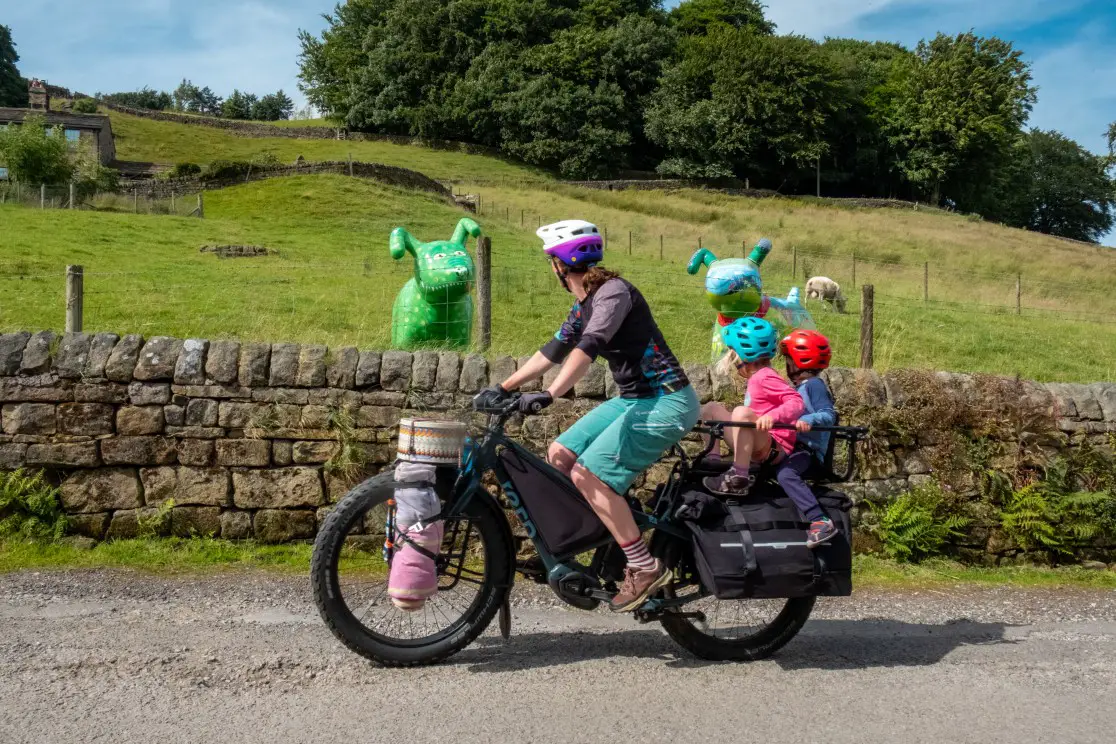
If you’ve got the space to store a cargo bike – and easy enough access to get from storage to the road – a cargo bike can be an excellent way to cut out many of the short miles you might usually do by car. For anything up to 10km, you’ll probably find there’s little in it by way of time difference heading out by car or e-cargo bike. You can generally ride right up to wherever you want to go, no circling for a parking space or walking from multi-storey to destination. And all those short miles are the worst for your car – and the environment. With leaps and bounds in e-bike technology and model availability, they’re easier than ever to add to your life.
Perhaps it’s your next N+1?








